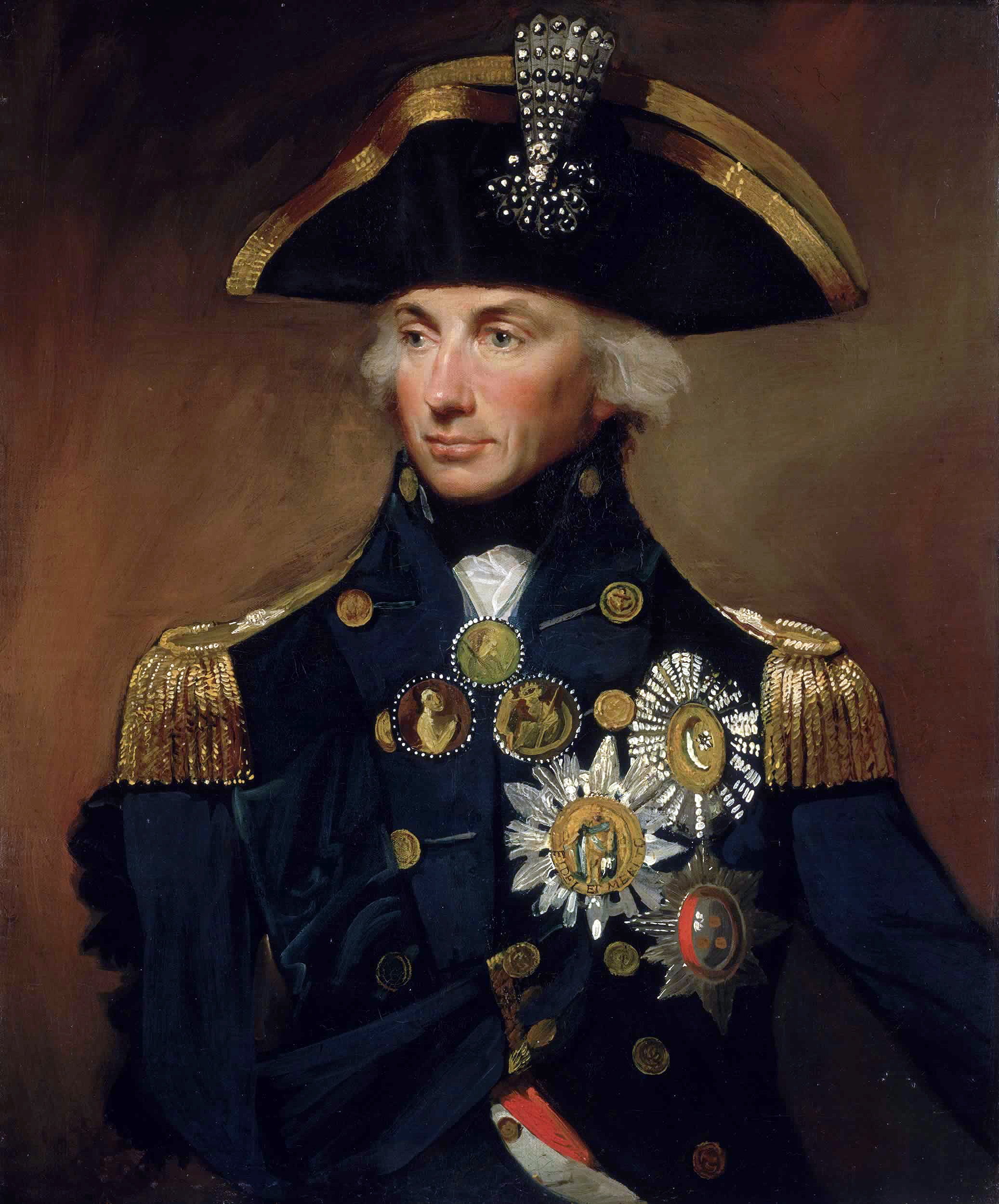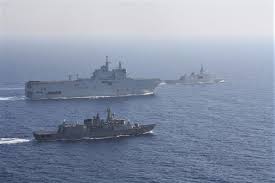Stamp: Postage due (Netherlands 1907)
Postage due (Netherlands 1907)
01 November (Netherlands ) within release Commemoration goes into circulation Stamp Postage due face value 50 Dutch cent
| Stamp Postage due in catalogues | |
|---|---|
| Michel: | Mi:NL P40 |
| Yvert et Tellier: | Yt:NL T38 |
| NVPH: | NVP:P42 |
Stamp is horizontal format.
Also in the issue Commemoration:
- Stamp - Postage due face value ½;
- Stamp - Postage due face value 1;
- Stamp - Postage due face value 1½;
- Stamp - Postage due face value 2½;
- Stamp - Postage due face value 5;
- Stamp - Postage due face value 6½;
- Stamp - Postage due face value 7½;
- Stamp - Postage due face value 12½;
- Stamp - Postage due face value 15;
- Stamp - Postage due face value 25;
- Stamp - Postage due face value 50;
- Stamp - Postage due face value 1;
Stamp Postage due it reflects the thematic directions:
A ship is a large watercraft that travels the world's oceans and other sufficiently deep waterways, carrying passengers or goods, or in support of specialized missions, such as defense, research and fishing. Historically, a "ship" was a sailing vessel with at least three square-rigged masts and a full bowsprit. Ships are generally distinguished from boats, based on size, shape and load capacity.
A military, also known collectively as an armed forces, are a heavily armed, highly organized force primarily intended for warfare. Militaries are typically authorized and maintained by a sovereign state, with their members identifiable by a distinct military uniform. They may consist of one or more military branches such as an army, navy, air force, space force, marines, or coast guard. The main task of a military is usually defined as defence of their state and its interests against external armed threats.
Admiral is the rank, or part of the name of the ranks, of the highest naval officers. It is usually abbreviated to "Adm" or "ADM". The rank is generally thought to have originated in Sicily from a conflation of Arabic: أمير البحر, amīr al-baḥr, "commander of the sea", with Latin admirabilis ("admirable") or admiratus ("admired"), although alternative etymologies derive the word directly from Latin, or from the Turkish military and naval rank miralay. In the Commonwealth and the U.S., a "full" admiral is equivalent to a "full" general in the army, and is above vice admiral and below admiral of the fleet (or fleet admiral). In NATO, admirals have a rank code of OF-9 as a four-star rank.
A navy, naval force, military maritime fleet, war navy, or maritime force is the branch of a nation's armed forces principally designated for naval and amphibious warfare; namely, lake-borne, riverine, littoral, or ocean-borne combat operations and related functions. It includes anything conducted by surface ships, amphibious ships, submarines, and seaborne aviation, as well as ancillary support, communications, training, and other fields.
A modern sailing ship or sailship is any large wind-powered vessel. Traditionally a sailing ship (or simply ship) is a sailing vessel that carries three or more masts with square sails on each. Large sailing vessels that are not ship-rigged may be more precisely referred to by their sail rig, such as schooner, barque (also spelled "bark"), brig, barkentine, brigantine or sloop. There are many different types of sailing ships, but they all have certain basic things in common. Every sailing ship has a hull, rigging and at least one mast to hold up the sails that use the wind to power the ship. The crew who sail a ship are called sailors or hands. They take turns to take the watch, the active managers of the ship and her performance for a period. Watches are traditionally four hours long. Some sailing ships use traditional ship's bells to tell the time and regulate the watch system, with the bell being rung once for every half hour into the watch and rung eight times at watch end (a four-hour watch). Ocean journeys by sailing ship can take many months, and a common hazard is becoming becalmed because of lack of wind, or being blown off course by severe storms or winds that do not allow progress in the desired direction. A severe storm could lead to shipwreck, and the loss of all hands. Sailing ships are limited in their maximum size compared to ships with heat engines, so economies of scale are also limited. The heaviest sailing ships (limited to those vessels for which sails were the primary means of propulsion) never exceeded 14,000 tons displacement. Sailing ships are therefore also very limited in the supply capacity of their holds, so they have to plan long voyages carefully to include many stops to take on provisions and, in the days before watermakers, fresh water.





